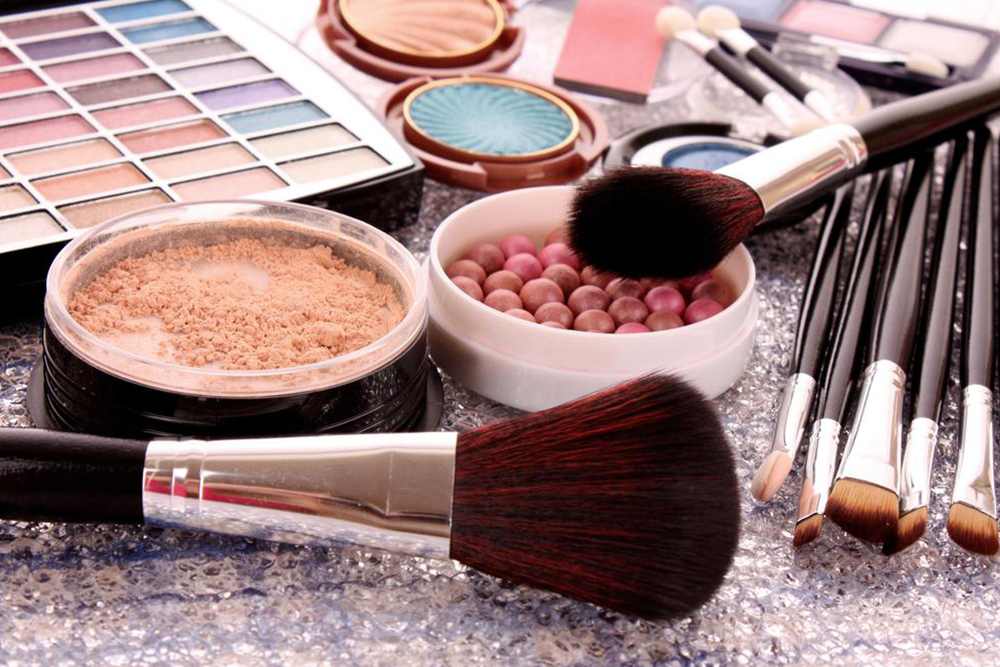Comprehensive Guide to Common Beauty Products That May Cause Underarm Skin Issues
This comprehensive guide explores common beauty products that can trigger underarm rashes and skin irritation. It emphasizes the importance of choosing gentle, hypoallergenic products and offers practical tips to prevent discomfort. Learn about the effects of perfumes, deodorants, soaps, talcum powder, fabric softeners, and whitening creams on sensitive underarm skin. Equipped with understanding and guidance, you can protect your skin's health and maintain comfort in daily routines. Perfect for anyone seeking to improve their skincare and avoid common irritants.

Understanding How Popular Beauty Products Can Lead to Underarm Rash and Skin Irritation
Our daily lives involve the extensive use of beauty and personal care products, many of which are designed to enhance appearance and boost confidence. However, certain ingredients in these products can sometimes cause adverse skin reactions, especially in sensitive areas like the underarms. The skin in the underarm region is particularly delicate and prone to irritation, making it essential to understand which products might be problematic. Recognizing the signs of irritation and knowing how to choose safer alternatives can help maintain healthy skin and prevent discomfort.
In this article, we delve deeply into the top five beauty products that are often associated with underarm rashes and irritation. By understanding how these products interact with your skin, you can make informed choices that promote skin health while avoiding unnecessary pain and inconvenience.
1. Perfumes and Deodorants: Hidden Irritants in Daily Use
Perfumes and deodorants are staple items in many individuals' daily routines. Although they are intended to provide fresh scents and odor protection, they often contain a mixture of chemicals that can lead to skin inflammation. The underarm skin is particularly sensitive because it naturally has fewer oils and skin barriers protecting against irritants.
Many perfumes include alcohol, synthetic fragrances, and preservatives that can trigger allergic reactions or irritate the skin upon contact. Deodorants, especially those with anti-perspirant properties, usually contain aluminum compounds or other chemicals that can cause inflammation and redness in sensitive skin. Symptoms of irritation may include redness, swelling, burning sensation, or itching.
To minimize irritation, it’s advisable to select hypoallergenic or fragrance-free options, and perform patch tests before regular use. Limiting the frequency of deodorant application and opting for natural alternatives can significantly reduce the likelihood of developing underarm rashes.
Early signs of irritation include redness, swelling, and the appearance of small bumps. If these signs occur, discontinue product use and consider consulting a dermatologist. Keeping the underarm area clean and dry, and avoiding perfume or deodorant application immediately after shaving, can help prevent rashes.
2. Soaps and Cleansers: The Impact of Harsh Chemicals on Sensitive Skin
The type of soap and cleanser used on the skin plays a vital role in skin health, particularly in delicate areas like the underarms. Many commercial soaps contain harsh chemicals, such as strong acids or alkaline substances, which can strip the skin’s natural oils, leading to dryness, irritation, and inflammation.
Symptoms of soap-induced rashes include itching, redness, and sometimes burning sensations. On sensitive skin, particularly in areas prone to abrasion or shaving, these symptoms can develop into persistent dermatitis if not managed properly. Chemical-heavy soaps with artificial fragrances, preservatives, or dyes increase the risk of allergic reactions, causing patchy redness and inflamed skin.
Choosing mild, fragrance-free, and pH-balanced soaps can significantly minimize the risk. Using soap specifically formulated for sensitive skin or opting for natural cleansers can help maintain the skin’s barrier and prevent irritation.
3. Talcum Powder: A Common Culprit for Underarm Sensitivity
Talcum powder has long been used to absorb moisture and reduce friction in the underarm area. However, the powder’s contact with skin can sometimes lead to redness and irritation, especially if the product contains added fragrances or other chemicals.
Moreover, talcum can clog pores, interfere with sweat evaporation, and compromise the skin’s natural cooling process. This can exacerbate existing rashes or create new ones, especially in hot and humid conditions. In some cases, talcum particles can cause allergic reactions, leading to itching and discomfort.
To avoid these issues, consider using natural alternatives such as cornstarch or talc-free powders. Always ensure that your skin is clean and dry before applying any powder, and avoid excessive or unnecessary use in the underarm area.
4. Fabric Softeners and Laundry Products: Impact on Underarm Skin
Fabric softeners are commonly used to keep clothing soft and fresh, but they often contain chemicals and fragrances that can irritate sensitive skin in the underarms. Residual chemicals left on clothing after washing can transfer onto the skin, leading to dryness, redness, and sometimes blistering.
Individuals with sensitive skin or allergies are especially vulnerable to reactions caused by these chemicals. Symptoms include red, inflamed patches, and in severe cases, moist or raw skin. Repeated exposure may worsen existing rashes or cause new outbreaks.
To prevent such skin issues, opt for fragrance-free and hypoallergenic laundry detergents, and avoid using fabric softeners altogether or limit their use. Ensuring thorough rinsing during laundry cycles helps remove residual chemicals and minimizes skin exposure.
5. Underarm Whitening and Lightening Products: Risks of Harsh Ingredients
Many users seek to lighten dark underarm areas using whitening creams or serums. While these products promise cosmetic benefits, they often contain potent ingredients that can irritate the skin if not used properly.
Common ingredients include steroids, hydroquinone, or other bleaching agents that can cause mild to severe skin reactions. Steroid-containing whitening creams can thin the skin and impair its natural barrier, leading to redness, burning, and increased susceptibility to rashes. Misuse or overuse of these products can result in dermatitis, pigmentation issues, or even infections.
It’s essential to choose products certified for safe use, apply them as directed, and discontinue use if irritation occurs. Consulting with a dermatologist before starting any whitening regimen is highly recommended, especially for sensitive areas like the underarms.
In conclusion, being aware of the ingredients and formulation of the products you use on your skin is crucial to avoiding underarm irritation and rashes. Opting for gentle, hypoallergenic, and natural alternatives can help maintain healthy skin and prevent discomfort. Always perform patch tests when trying new products, and consult healthcare professionals when experiencing persistent irritation or allergic reactions. Proper skincare practices and careful product selection are the keys to comfortable and healthy underarm skin.





